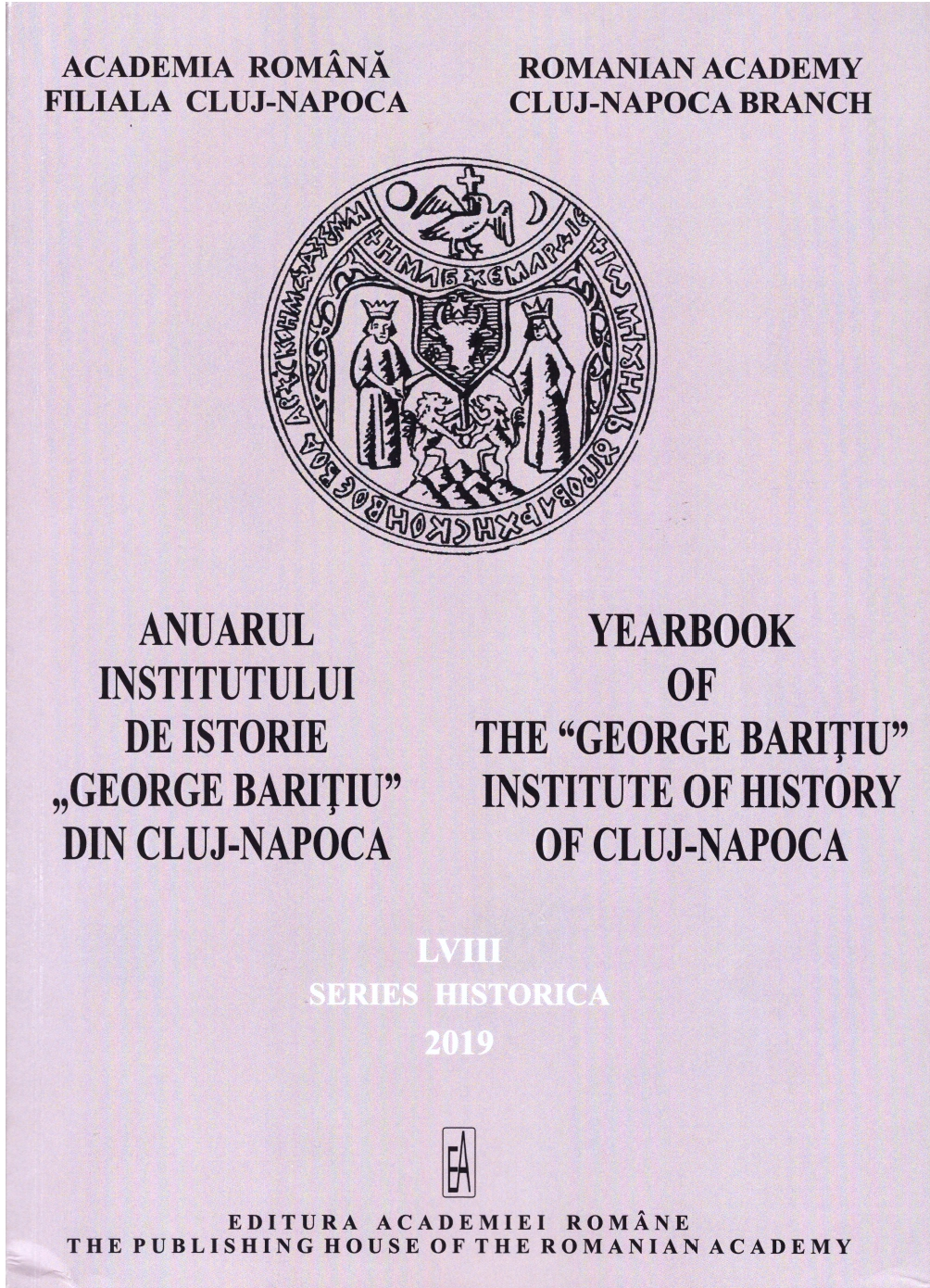Monedele din Transilvania medievală reflectate de registrul de dijme papale (1332–1337)
Coins in Medieval Transylvania Reflected in the Papal Tithe Register (1332–1337)
Author(s): Robert-Marius MihalacheSubject(s): Economic history, 13th to 14th Centuries
Published by: Editura Academiei Române
Keywords: coins; Transylvania; taxes; Charles Robert of Anjou; the Kingdom of Hungary;
Summary/Abstract: The topic of the papal tithes is not a new one, as during the last decade various papers have been published within the national historiography, papers which have mainly discussed the tithe register covering six years (1332–1337); the register was compiled by the envoys of Pope John XXII – the tax collectors Jacobus Berengarii and Raimundus de Bonofato. Nonetheless, the monetary aspect was ignored by the same exegeses. For this reason, the current article presents the realities of Transylvanian currency during the first half of 14th century, as reflected in the Papal Tax Register compiled by the collectors of Avignon – Raimundus de Bonofato and Jacobus Berengarii. The act of collecting the taxes across the Hungarian Kingdom, during 1332 and 1337, which compacted and completed the register, had a beneficial role: the “fossilisation” of information related to the monetary system of the Hungarian Kingdom during the fourth decade of 14 th century. There was also a variety of currency in Transylvania, one that did not necessarily represent an advantageous aspect, but rather on the contrary – the extended monetary panel showed an economic stagnation of the region.
Journal: Anuarul Institutului de Istorie »George Bariţiu« - Series HISTORICA
- Issue Year: LVIII/2019
- Issue No: 58
- Page Range: 31-39
- Page Count: 9
- Language: Romanian

